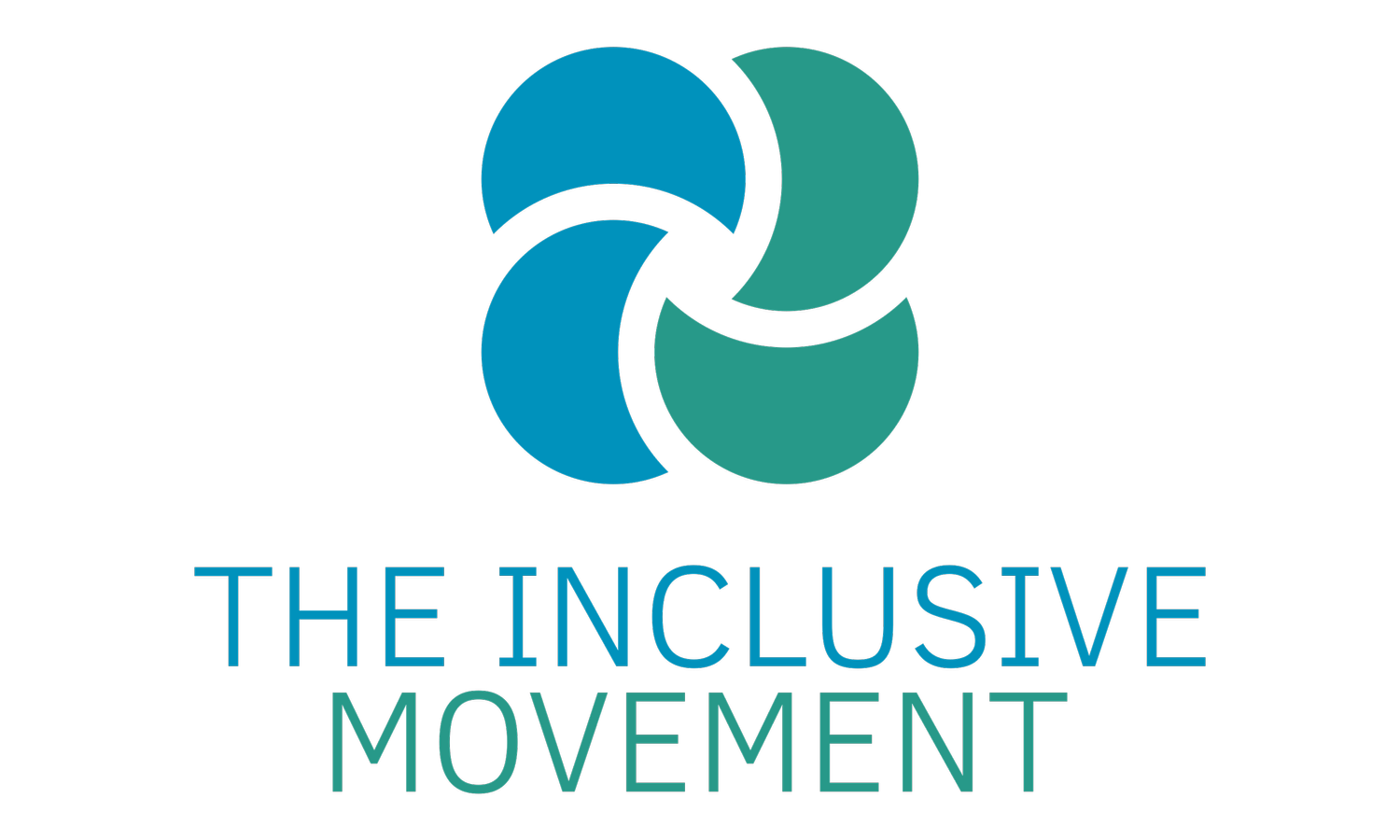Why Inclusion is a Team Effort
Inclusion isn’t something one person can achieve on their own.
It takes a community — parents, teachers, support staff, health professionals, and neighbours — all working together to ensure that children and young people with disability feel welcome, supported, and celebrated.
At The Inclusive Movement, we’ve seen the most meaningful progress happen when schools and communities share responsibility. Inclusion thrives when it becomes a team effort.
The Shared Responsibility of Inclusion
Families bring deep knowledge of their child’s strengths, needs, and communication style.
Teachers and schools create the learning environment and lead with vision and planning.
Allied health and support professionals contribute tools and strategies to enable access and participation.
Peers and the wider community model empathy, friendship, and acceptance.
When each group plays their part, inclusion is not a burden — it’s a powerful culture shift.
The Role of Schools and Educators
Schools are often the central hub where inclusion is put into practice. Educators can:
Plan lessons using Universal Design for Learning (UDL) so all students can access content from the start.
Build reasonable adjustments (such as flexible seating, sensory supports, or assistive technology) into everyday routines.
Promote a school culture where difference is valued and every child feels safe.
Example: A teacher who adds captions to videos to support one student with hearing loss is also helping English language learners and visual learners at the same time.
The Role of Families
Families are the first and most consistent advocates for their children. True collaboration means:
Schools listening to parents’ insights about what works at home.
Parents being invited into planning conversations, not just informed after decisions are made.
Respecting family culture, values, and lived experience as equal to professional expertise.
When families feel heard and respected, trust grows — and so does student wellbeing.
The Role of Professionals and Support Staff
Allied health professionals, support workers, and coordinators provide specialised insight and practical support.
Their role is not to replace the teacher or the family, but to:
Share strategies to reduce barriers (e.g. communication tools, sensory regulation techniques).
Co-design individualised supports with the student and their team.
Ensure that inclusion is consistent across home, school, and community environments.
The Role of Peers and the Community
True inclusion goes beyond school walls.
Classmates can be taught about empathy, difference, and respect through inclusive practice.
Community groups, sporting clubs, and local businesses can ensure children with disability are welcomed into activities and spaces.
The wider community benefits from the diversity of thought, creativity, and resilience that inclusive environments nurture.
Inclusion teaches us all how to be better people.
When Inclusion Becomes a Team Effort
When schools, families, professionals, and communities work together, magic happens:
Students experience not only higher engagement and stronger academic outcomes, but also improved mental health and wellbeing.
Families feel supported, reducing stress and building trust.
Teachers feel empowered with strategies, rather than overwhelmed.
Communities become more welcoming and accessible for everyone.
Taking the Next Step Together
Inclusion is not the job of one teacher, parent, or support worker. It is a shared responsibility. When we lean on each other’s expertise, listen to lived experience, and commit to equity, everyone wins.
Want to learn more about building a team approach? Explore our free resources or sign up to our upcoming Inclusive Education Course Bundle, launching soon.
Because when inclusion is a team effort, every child belongs.
